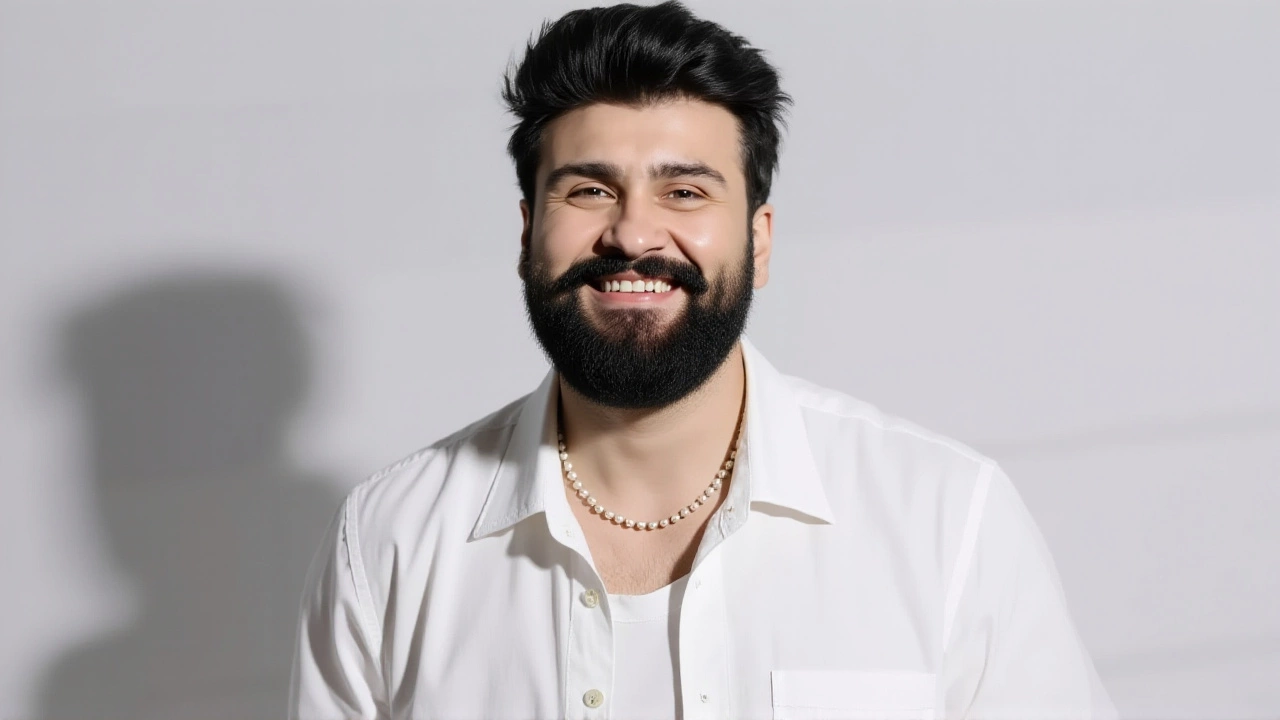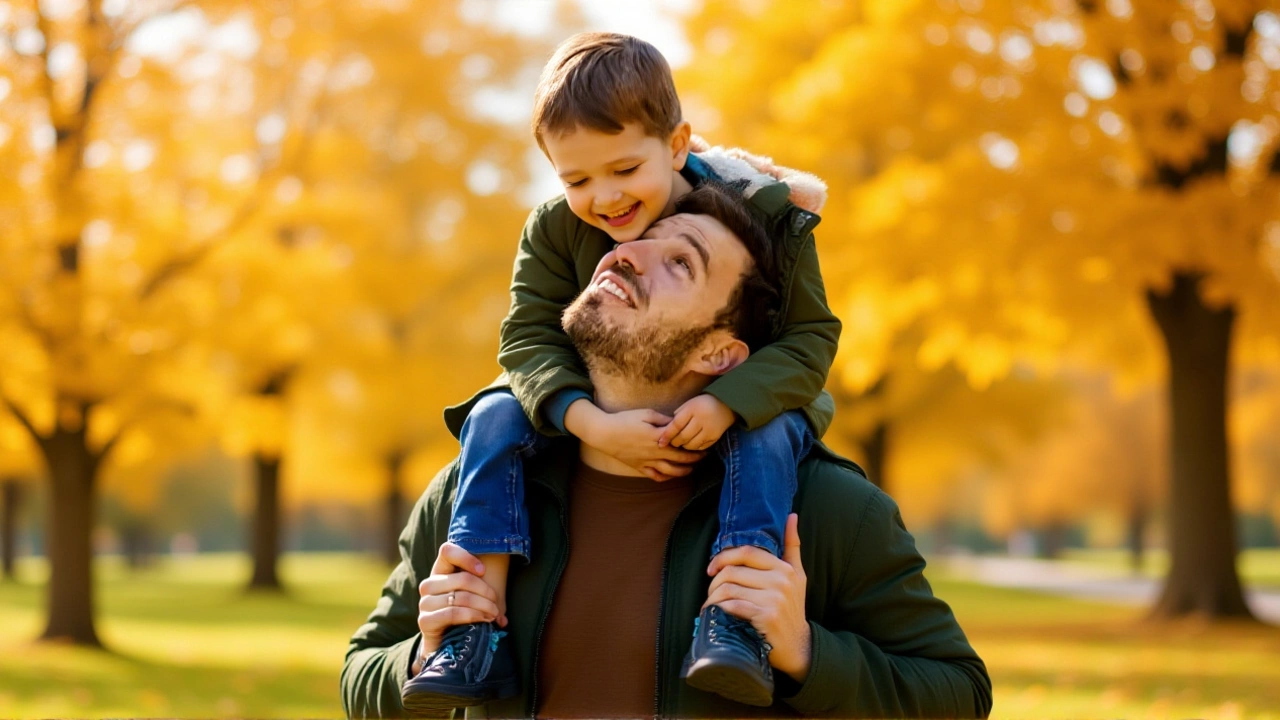On Wednesday, November 19, 2025, communities around the world will observe International Men's Day under the theme "Celebrating Men and Boys," turning attention to the quiet heroes among us — fathers who show up early for school pickups, teachers who mentor at-risk teens, and factory workers who never miss a shift despite chronic pain. It’s not about parades or headlines. It’s about recognizing the everyday men who carry burdens most never see — and the urgent need to help them live longer, healthier lives.
Why This Day Matters More Than Ever
First launched globally in 1999 by Dr. Jerome Teelucksingh, a lecturer at the University of the West Indies in Trinidad and Tobago, International Men's Day wasn’t born from protest, but from quiet observation. He noticed boys growing up without positive male figures to look up to. He saw men dying younger — not just from heart disease or accidents, but from silence. Suicide rates among men remain nearly four times higher than women’s in the U.S. and UK, according to WHO data. Yet, fewer than 30% of men seek counseling when struggling, often fearing stigma or being labeled "weak."
The day’s six pillars — a framework developed by Teelucksingh and refined over decades — guide everything from school programs in Birmingham to workplace wellness initiatives in Sydney. They’re not abstract ideals. They’re practical anchors: celebrating men’s contributions to family and community, challenging harmful stereotypes, improving mental and physical health, and promoting gender equality without pitting genders against each other.
The Six Pillars in Action
It’s easy to dismiss International Men's Day as just another awareness date. But look closer. In Ontario, schools now run "Men Who Matter" assemblies, where local firefighters, mechanics, and single dads speak to students — not as celebrities, but as real men who show up. In South Africa, NGOs partner with barbershops to offer free mental health check-ins during Saturday haircuts. In the UK, the NHS has begun training GPs to ask men direct questions about emotional wellbeing during routine appointments — a shift from the old "Are you okay?" to "What’s been weighing on you lately?"
One pillar, "promoting positive male role models," deliberately moves beyond athletes and movie stars. It’s about the single father working two jobs to keep his kids in school. The retired teacher who volunteers at the boys’ shelter. The plumber who mentors apprentices from broken homes. These aren’t grand gestures. They’re quiet acts of resilience — and they matter more than any viral video.
Health, Not Just Awareness
The 2025 campaign’s slogan — "How Men Can Live Longer, Happier Lives" — isn’t marketing fluff. It’s a call to action backed by hard data. Men die, on average, five years earlier than women globally. Prostate cancer, heart disease, and alcohol-related liver damage are top killers. Yet, men are 50% less likely than women to schedule annual physicals. The International Men's Day team is pushing clinics to offer "Men’s Health Saturdays" — walk-in screenings for blood pressure, cholesterol, and depression with no appointment needed. In Manchester, one pilot program saw a 42% increase in men attending preventive care after introducing free coffee and a no-judgment environment.
"We’re not asking men to cry," says Dr. Marcus Bell, a public health specialist in Glasgow. "We’re asking them to talk. To name what hurts. To know it’s okay to need help. That’s the real revolution."

Gender Equality Isn’t a Zero-Sum Game
Some critics claim International Men's Day undermines International Women's Day. That’s a false binary. The International Men's Day framework explicitly states its goal is to "improve gender relations and promote gender equality." It’s not about competition — it’s about connection. When men feel safe expressing vulnerability, they’re better partners, fathers, and colleagues. When boys grow up seeing men who listen, cry, and ask for help, they’re less likely to turn to violence or self-destruction.
Take the case of the Belfast Youth Center, where boys aged 12–17 meet weekly with male counselors trained in trauma-informed care. Since 2022, school suspensions for aggression have dropped by 61%. Attendance in counseling has doubled. "They don’t need another lecture," says center director Aiden McLeod. "They need someone who’s been there — and isn’t afraid to say, ‘Me too.’"
What’s Next?
By 2026, the International Men's Day organization plans to roll out a global digital toolkit for schools, workplaces, and community groups — free and available in 15 languages. It includes lesson plans, mental health screening guides, and stories of ordinary men who changed their communities. Governments in Canada, Australia, and Ireland are already considering official recognition of the day, with proposals for public health funding tied to IMD initiatives.
Meanwhile, social media campaigns will spotlight #MyMaleRoleModel — not influencers, but real people. A nurse in Manila. A gardener in Nairobi. A widower in Detroit who started a support group for grieving fathers. These aren’t stories of perfection. They’re stories of persistence.

Historical Roots and Cultural Context
The idea of a day for men isn’t new. As early as the 1960s, activists in the U.S. and U.K. proposed such a day, but without coordination. It was Dr. Teelucksingh who gave it structure, date, and global momentum. November 19 was chosen to honor his father’s birthday — a man who worked as a school janitor, raised four children alone after his wife’s death, and never missed a parent-teacher meeting. "He didn’t have a title," Teelucksingh once said. "But he was the most important man I knew."
Today, over 80 countries officially observe International Men's Day, with events ranging from free prostate screenings in Brazil to poetry slams in Japan addressing male identity. The movement’s quiet power lies in its refusal to shout. It doesn’t demand outrage. It asks for attention. And sometimes, that’s enough to start a healing.
Frequently Asked Questions
Why is International Men's Day on November 19?
November 19 was chosen by Dr. Jerome Teelucksingh to honor his father’s birthday. The date is fixed annually and was selected for its personal significance, not political symbolism. It also falls between Thanksgiving in the U.S. and the start of the holiday season — a time when many men feel isolated, making it a poignant moment to reflect on connection and care.
How does International Men's Day differ from International Women's Day?
While both observe gender-specific challenges, International Men's Day focuses on issues uniquely impacting men — like higher suicide rates, workplace fatalities, and lower life expectancy — without diminishing women’s struggles. It doesn’t seek to replace or compete with International Women's Day, but to complement it by addressing male-specific needs in health, emotional wellbeing, and social support.
What are the biggest health risks men face, and how is IMD addressing them?
Men die younger due to heart disease, prostate cancer, alcohol abuse, and suicide. IMD promotes early screening, destigmatizes mental health conversations, and partners with local clinics to offer free, accessible check-ups. Campaigns like "Men’s Health Saturdays" have increased preventive care attendance by up to 42% in pilot cities, proving that environment and approach matter as much as information.
Who are the "positive role models" IMD wants to celebrate?
Not celebrities, but everyday men: single fathers, teachers, nurses, mechanics, and retirees who mentor youth. The goal is to show boys that strength isn’t about dominance — it’s about responsibility, kindness, and showing up. These role models prove that quiet integrity matters more than fame.
Is International Men's Day only for men?
No. Women, girls, and non-binary individuals are encouraged to participate — by supporting the men in their lives, challenging toxic stereotypes, and advocating for better health services. Gender equality requires everyone’s involvement. The day isn’t exclusionary; it’s inclusive by design.
What’s the long-term goal of International Men's Day?
To create a world where men feel safe being vulnerable, where boys grow up without fear of ridicule for expressing emotion, and where no man dies alone because he thought asking for help was a sign of weakness. It’s about changing culture, one conversation at a time.







